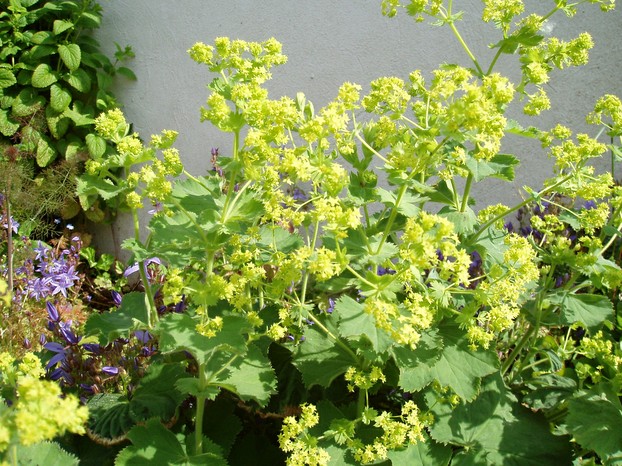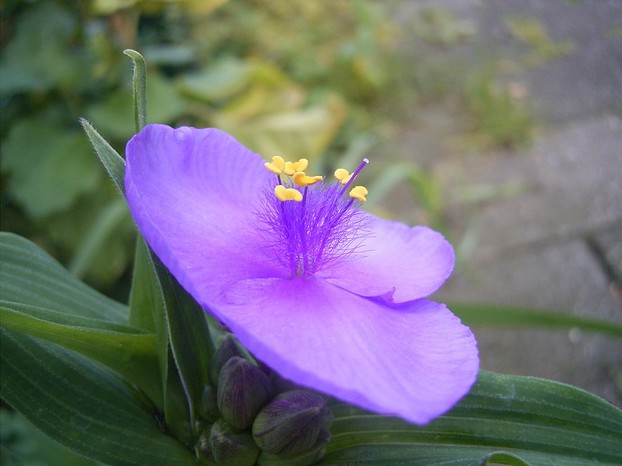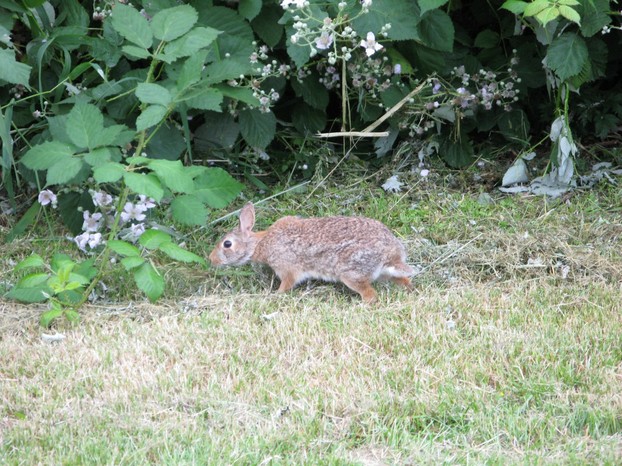Leighton Moss RSPB (Royal Society for Protection of Birds) Reserve, Lancashire, northwestern England: Gidzy, CC BY 2.0, via Flickr @ https://www.flickr.com/photos/gidzy/3614942864/
gathering blackberries: Public Domain, via Internet Archive @ https://archive.org/details/ost-english--peter-rabbit-by-beatrix-potter/page/n7/mode/1up
The Tale of Peter Rabbit (1916), page 15; illustration by Virginia Albert: Public Domain, via Project Gutenberg @ https://www.gutenberg.org/files/14304/14304-h/14304-h.htm; via Wikisource @ https://en.wikisource.org/wiki/The_Tale_of_Peter_Rabbit_(1916)
Altemus' Wee Books for Wee Folks: The Tale of Peter Rabbit (1904), page 39: Public Domain, Google-digitized, via HathiTrust @ http://hdl.handle.net/2027/mdp.39015083455223?urlappend=%3Bseq=41
Petrified Forest National Park, northwestern Arizona: Marge Post/NPS - Park Ranger (Petrified Forest Ranger), CC BY 2.0, via Wikimedia Commons @ https://commons.wikimedia.org/wiki/File:Desert_cottontail_rabbit_in_Petrified_Forest_National_Park.jpg
Sheridan-Kalorama neighborhood, California Street NW, Washington DC: Robert Lyle Bolton (RLBolton), CC BY 2.0, via Flickr @ https://www.flickr.com/photos/robertlylebolton/8091933621/
Wilder Kaiser mountain chain, Tyrol, western Austria: Robert Hundsdorfer, CC BY-SA 2.0 DE, via Wikimedia Commons @ https://commons.wikimedia.org/wiki/File:Helleborus_niger_Kaiser.jpg
Karlsruhe, Baden- Württemberg, southwest Germany: H. Zell, CC BY-SA 3.0, via Wikimedia Commons @ https://commons.wikimedia.org/wiki/File:Convallaria_majalis_0002.JPG
University Botanical Garden, Oslo, southeast Norway: Jan Sølve Borlaug (jansolve), CC BY-SA 2.0, via Flickr @ https://www.flickr.com/photos/37942794@N02/3497086606/
Corley, Warwickshire, central England: Amanda Slater (amandabhslater), CC BY-SA 2.0, via Flickr @ https://www.flickr.com/photos/pikerslanefarm/3621762573/
Lamium maculatum is also known as purple dragon.: ArtMechanic, CC BY-SA 3.0, via Wikimedia Commons @ https://en.wikipedia.org/wiki/File:Gefleckte_Taubnessel.jpg
Anchor Point, Kenai Peninsula, south central Alaska: Emma Forsberg (echoforsberg), CC BY 2.0, via Flickr @ https://www.flickr.com/photos/echoforsberg/3605843725/
Specis name griffithii honors British naturalist William Griffith (March 4, 1810-February 9, 1845).: peganum, CC BY-SA 2.0, via Flickr @ https://www.flickr.com/photos/peganum/5669029323/
2009 RHS Flower Show Tatton Park, Cheshire, northwestern England: Mike Peel (www.mikepeel.net), CC BY-SA-4.0, via Wikimedia Commons @ https://commons.wikimedia.org/wiki/File:Astilbe_crispa_'Perkeo'.jpg
Tama Hills, southwestern Tokyo: Sphl, CC BY-SA 3.0, via Wikimedia Commons @ https://commons.wikimedia.org/wiki/File:Bergenia_stracheyi_4.jpg
Genus name honors father-son English naturalists John Tradescant the Elder (c1570s–1638) and the Younger (1608-1662).: TeunSpaans, Public Domain, via Wikimedia Commons @ https://commons.wikimedia.org/wiki/File:Eendagsbloem_R0019985.JPG
Lavras, southern Minas Gerais, southeastern Brazil: Denis Conrado, CC BY-SA 3.0, via Wikimedia Commons @ https://en.wikipedia.org/wiki/File:Agapanthus_africanus.jpg
Crescent Beach State Park, Cape Elizabeth, Cumberland County, southern Maine: Katherine Whittemore/USFWS Northeast Region, Public Domain, via USFWS National Digital Library @ https://digitalmedia.fws.gov/digital/collection/natdiglib/id/13212/
The Tale of Peter Rabbit (1916), page 35; illustration by Virginia Albert: Public Domain, via Project Gutenberg @ https://www.gutenberg.org/files/14304/14304-h/14304-h.htm; via Wikisoure @ https://en.wikisource.org/wiki/The_Tale_of_Peter_Rabbit_(1916)
ca. 1876 photo taken by Rupert Potter (1832-May 8, 1914): Public Domain, via Wikimedia Commons @ https://commons.wikimedia.org/wiki/File:Potter_and_her_mother_Helen_Leech_Potter.JPG
Redmond, northwestern Washington: Bob Jenkins (bob_jenkins), CC BY 2.0, via Flickr @ http://www.flickr.com/photos/48380660@N04/4529926759
jumping Eastern cottontail: Hardyplants at English Wikipedia, Public Domain, via Wikimedia Commons @ https://en.wikipedia.org/wiki/File:JumpingRabbit.JPG
































 Are Hawaiian Huakai Po Nightmarchers Avenging Halloween Thursday?on 10/02/2024
Are Hawaiian Huakai Po Nightmarchers Avenging Halloween Thursday?on 10/02/2024
 Mailing Addresses for 2023 Form 4868 Extending 1040 and 1040SR April 15, 2024, Due Dateon 04/15/2024
Mailing Addresses for 2023 Form 4868 Extending 1040 and 1040SR April 15, 2024, Due Dateon 04/15/2024
 Mailing Addresses for 2023 Forms 1040 and 1040SR Filed in 2024on 04/15/2024
Mailing Addresses for 2023 Forms 1040 and 1040SR Filed in 2024on 04/15/2024
 Mailing Addresses for 2022 Form 4868 Extending 1040 and 1040SR April 18, 2023, Due Dateon 04/13/2023
Mailing Addresses for 2022 Form 4868 Extending 1040 and 1040SR April 18, 2023, Due Dateon 04/13/2023



Comments
AbbyFitz, Me, too, I want the bunnies to stay. I love it when they stage bunny acrobatics in my back yard; it might be their way of saying "Thank you" for green strategies and no chemicals. :)
These are great tips for gardeners, but I think I'd want the bunnies to stay :)